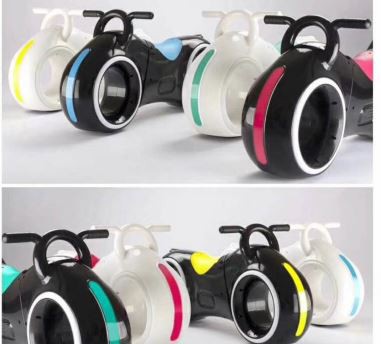
E-bike Mountain Bicycle Newest Design
E-bike Mountain bicycle Newest design 45km/h. Product name:SMD-X1. Specification:400/500w
Add to Inquiry
2023 European Electrical Bike Mountain Bicycle
2023 European Electrical Bike Mountain Bicycle. Product name:SMD-X1. Specification:400/500w
Add to Inquiry
BK001 30km 45km/h 350W
Choose How You Ride to match your mood, intensity, and experience level. The 7-Speed Gear Shifting
Add to Inquiry
BK004 40km 40km/h 500W
【350W motor and removable lithium battery】 Our ebike with a powerful 350W motor, strong drive
Add to Inquiry
Electric Bicycle With Removable Lithium Battery
【High-quality materials】:The electric bicycle uses a high-strength carbon steel frame. The fork is
Add to Inquiry
Electric Bike 700W Motor Powered Mountain Bicycle
Choose How You Ride - Use a built-in Pedal Assist System (P.A.S.) matched with a high-quality 3x7
Add to Inquiry
Sport Adult Fat Tire Mountain Bike
Designed for riders who want to tackle all kids of terrain or weather; suggested rider height range
Add to Inquiry
350w Electric Bicycle 20" Fat Tire Beach Snow Mountain Bike Moped For Adults
FINALLY – YOU HAVE FOUND THE ONE! A 350W motor with enough power to set you off at speeds up to 45
Add to Inquiry
Kids Ride On Push Car With Music
Kids Ride On Car With Music/Kids Ride On Push Car/Riding ToysSpecial for online business like
Add to Inquiry
Low Price Electric Bike
Smarda electric bike foldable e-bike battery e-bike hub motor cheap electric bike 1. Application
Add to Inquiry
Folding Fashionable Electric Bike
Smarda e-bike electric fat bike kit cheap electric bicycle high quality cheap bike 2018
Add to Inquiry
E-Bike
Why Choose Us
Our Certificate
CE ,EEC,COC...
Professional Team
With a professional R&D team and manufacturing base, our products are sold nationwide and exported worldwide.
Production Market
Products are sold to over 50 countries and regions worldwide.For example, Russia, France, USA, Italy, Spain, Iraq, Egypt, South Korea, Malaysia, Romania, Belarus... In 2017, sold more than 8000 pieces citycoco scooters.
One-stop Solution
OEM Manufacturing welcome: Product, Package, etc.One piece sample order for testing first is available.On time reply for your different requirement.Good after-sale service.
An electric bike, or ebike, is a bicycle equipped with an electric bike motor to assist you when you're pedalling. The motor will get its power from a rechargeable battery mounted on the bike.To classify as an ebike, the motor has to help you rather than propel you on its own. As a result, you need to pedal to get that assistance. How much power the motor delivers is regulated based on how hard you are pedalling and the level of support you have selected.Electric bike systems offer a number of modes to choose from, enabling you to balance the amount of power supplied through the pedals with range and battery life.





